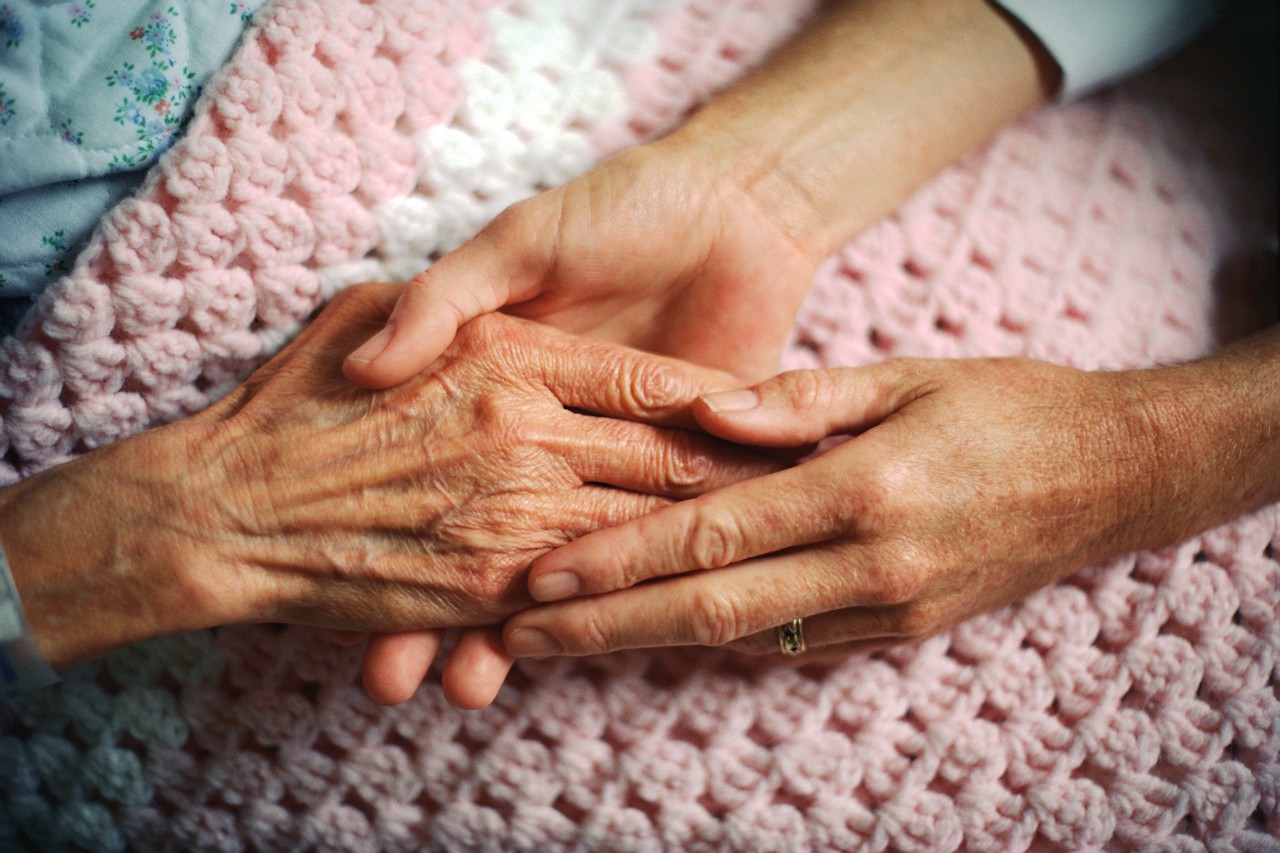
“The fact many people need both types of services, home care and home health, contributes to the confusion.”
Many people use the terms “home care” and “home health” interchangeably, which can cause confusion when you try to find funding for these services. This article will try to help you understand the difference between home health and home care.
Home Care
Home care goes by a variety of names, including “aging in place,” “caregiving,” “in-home assistance,” “personal care” and “companion care.” None of these services include medical treatments. The people who provide these services are home care aides or caregivers. Because the services are non-medical, the worker category is “non-clinical” or “unskilled.”
Home care can include such things as preparing meals, assisting the older adult when eating, reminding him to take his medication and helping him to bathe, groom and dress. Depending on the needs of the person receiving the care, the tasks can include house cleaning, transportation and help with paying bills. The services usually get tailored to the individual client.
The total package of home care can involve multiple parties. For example, the older adult might have a home care aide who comes to the house for two or three hours every morning. The aide might help the client get ready for the day, with taking a bath, getting dressed and performing the morning grooming tasks. The aide might get the client’s breakfast ready, remind him to take his pills and make a sandwich for his lunch. Another person might come in once a week to clean the house, do laundry and batch cook some meals.
The client might use a grocery or meal delivery service. He could have a money manager make sure that his bills get paid.
Medicaid can pay for some of these services, if the senior qualifies for Medicaid. Some long-term care insurance policies can help with some of the cost. The remainder of the expenses are private pay.
Home Health Care
Skilled medical professionals provide home health care. These services usually take place after the doctor discharges the patient from the hospital, but she still needs some medical treatment, like physical therapy or care for a surgical incision. Depending on the treatment plan the doctor prescribes, the client might also receive health status monitoring, medical tests and the administration of drugs, including injections.
The medical professionals who provide home health care services include physical therapists, registered nurses, occupational therapists and other skilled healthcare workers. Sometimes the services last for a matter of weeks, until the doctor releases the patient. However, for some individuals with chronic conditions, the patient might need ongoing in-home medical treatments. The services might include teaching the patient skills to regain and maintain better health and function independently.
When a doctor prescribes home health care, Medicare will sometimes pay the expense of the services. If the client meets the low-income and other qualifications, Medicaid can bear the cost.
Overlap of Home Care and Home Health
When an older adult needs medical treatment in the home, he often also needs help with personal services. If a family member is unavailable to assist him, he might need to obtain the care from an agency. The fact many people need both types of services, home care and home health, contributes to the confusion.
Reference: A Place for Mom. “Home Health vs Home Care.” (accessed August 7, 2019) https://www.aplaceformom.com/planning-and-advice/articles/home-health-vs-home-care
For more information on elder law and estate planning, please visit my estate planning website.











